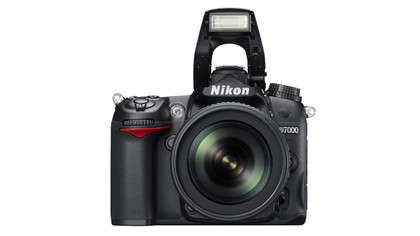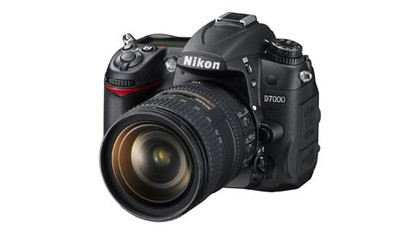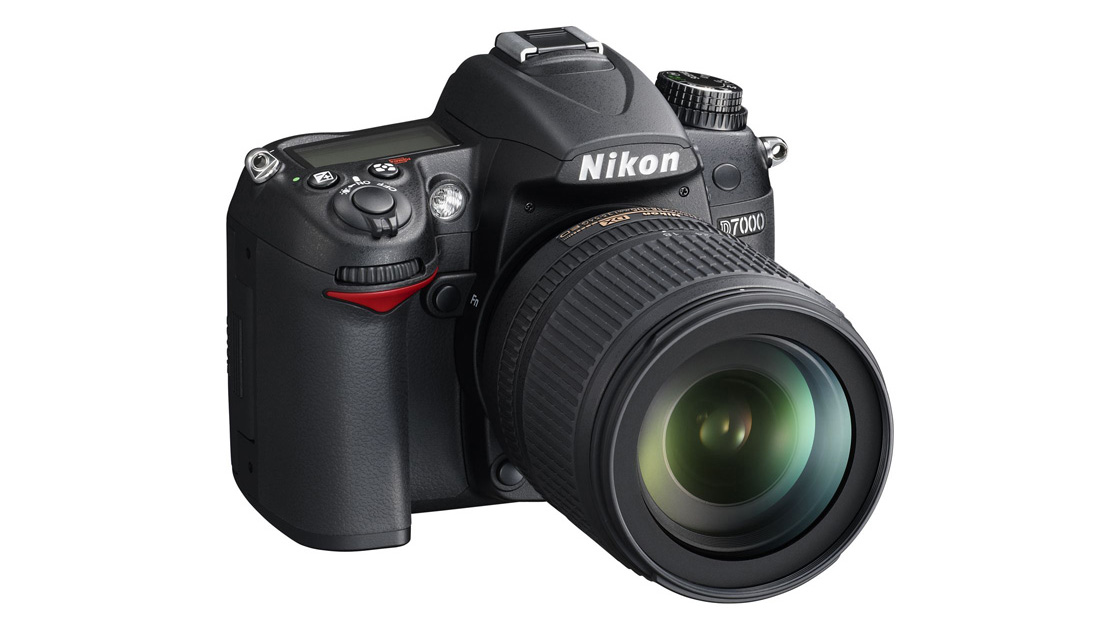Why you can trust TechRadar
It is apparent from the images we shot during this test that the D7000's matrix metering system isn't easily fooled into under exposure by bright areas in the scene. In fact, with the Active D-Lighting (AD-L) in its default, Normal, setting, there is an occasional tendency towards slight over exposure.
This isn't usually at the expense of the highlights, but the midtones can sometime benefit from a little darkening post capture. Generally though, the 2,016 pixel matrix metering system does a pretty good job.
As we might expect, images taken at the highest (Extra High) AD-L setting have more visible detail in the shadows than those taken with in the lowest (Low) setting (it is also possible to turn AD-L off). This is despite the fact that our tests reveal the camera sets a one stop longer exposure when the Low option is selected than when Extra High is used.

The exposure difference may vary with the scene, but we found using the higher AD-L values generally reduces the shutter speed – rather counter intuitive. This means that using AD-L has an impact on the D7000's raw files as well as the JPEGs.
In the past Nikon's auto white balance system has been accused of being too efficient and rendering warm light too neutral. Nikon has countered this some extent with the Nikon D7000 by giving it two AWB modes, one of which is specifically designed to retain some of the colour in warmer lighting.
It does a reasonably good job, but the best results are still obtained by shooting raw images to ensure the maximum amount of data is captured for post capture adjustment. For the majority of shooting situations the Standard Picture Control option is a good choice, but it can make Caucasian skins tones a bit too peachy/pink and contrasty and we found it's better to use the Neutral option with portrait shoots.

Nikon's D3S currently leads the field for high sensitivity noise control, managing to produce impressively detailed images even in very low light. The Nikon D7000 has a smaller, more densely packed sensor so we can't expect quite the same standard, but the results at the highest sensitivity settings are still impressive.
There is very little chroma noise in images taken at the highest native sensitivity setting (ISO 6400) when the noise reduction in its default 'Normal' setting. This has a slight softening effect on the images and better results are obtained at more every day sensitivity settings (ISO 400-800) if the noise reduction is turned off.
Nikon supplies View NX2 with the D7000 and this doesn't afford any control over the noise reduction that is applied to raw files. Users who want to take control over this post capture have a choice of waiting for third part software manufacturers to update their raw processing software, or investing in Nikon Capture NX2 for around £170. It's worth bearing that in mind when deciding your budget and which camera to buy.
